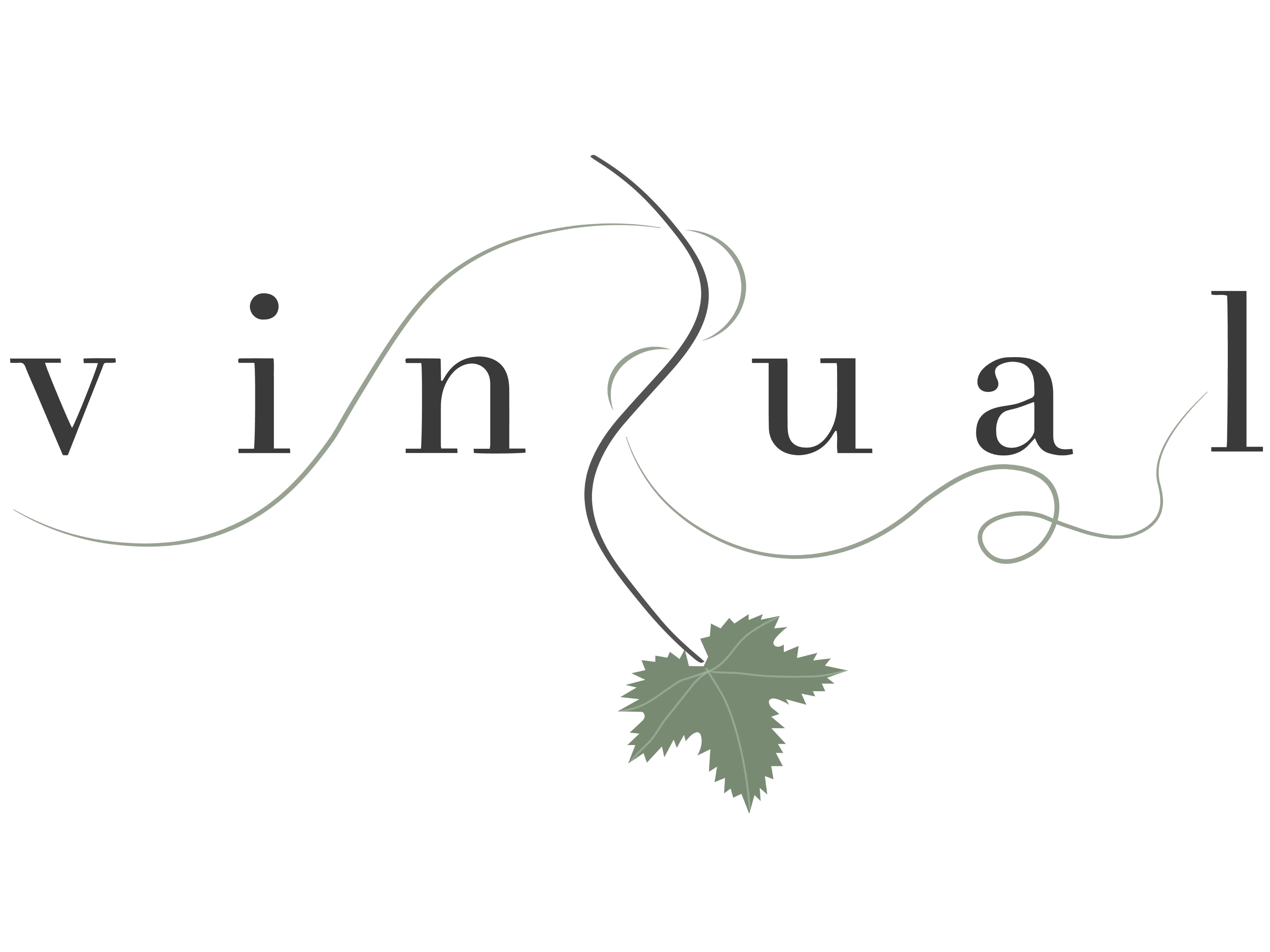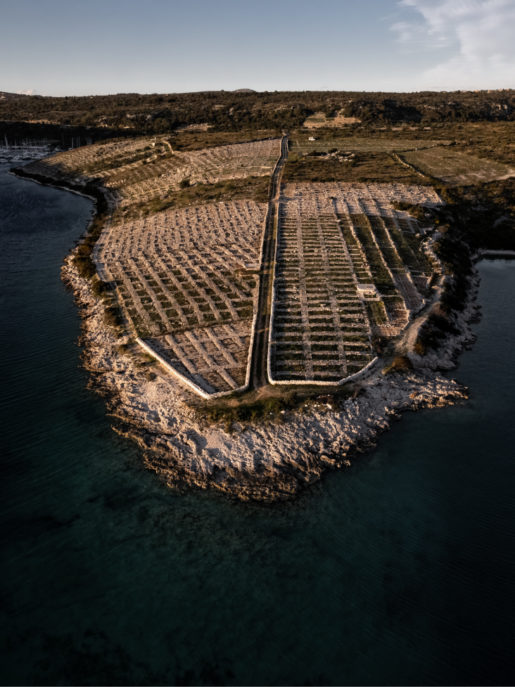
What a great morning for a city rush getaway. Just 30 km from Zagreb stands a prosperous little town of Jastrebarsko, affectionately called Jaska. The town has this cool half urban, half rural vibe and is the principal city of Plešivica, which is the well known vine growing subregion of Northern Croatia. It is also where the vast majority of Croatian sparkling wines are produced. If you have a whole day to explore the region, you sure have a lot to see and taste.
The family & wines
I came for a morning visit to always friendly and hospitable Šember family. Zdenko and Ivanka Šember, along with their son Nikola and his wife Martina are mostly in the winery and vineyards while their daughters Lucija and Klara, if not helping in the production, are the hosts for the wine tastings and creative minds behind the social media.
I was welcomed by always in a good mood Nikola Šember, who is enologist by profession but more importantly is working alongside his father Zdenko since he was a kid.
He has travelled to Champagne region a lot and has gained great experience since, obviously. Next region on his travel list is Alsace as he loves to experiment with rieslings – one of four noble varieties in Alsace and probably the most prosperous white variety of Plešivica. They already produce 3 stylistically different rieslings with one still evolving in an concrete egg.
You can check the tasting notes for the macerated riesling here: Šember Riesling MMXVII

Nikola’s go to sparkling wine on the other hand is without a doubt their flagship wine Pavel which is already very well recognized among the sparkling wine lovers. It is a single vineyard, extra dry spakling wine made by traditional method, 90% of Chardonnay and 10% of Plavec žuti. The vintage 2018 was disgorged just recently and is now on the market with it’s brilliant creamy pearls, aromas of green apple, pear, nectarine and less pronounced autolytic aromas than the previous vintages.
The best seller though is the Rosé Brut, 100% Pinot noir. Bursting with creamy pearls, juicy strawberry and delicate floral aroma with great minerality and suptle yiestiness.
“96” – Baba draga is the new cool kid in town!
Along Brut, Rosé Brut, Pavel, there is something new yet old coming to the market. “96” Baba draga, a single vineyard, brut nature sparkling wine, aged on the lees for 30 months, made from old grape varieties from Plešivica region. What dooes the name mean? “96” is relating to the age of the vineyard in the time of the harvest and will be changing accordingly. The second part of the name translates to “dear grandma” as this single vineyard actually came to the family as dowry when Nikola’s great-grandmother married his great-grandfather. You haven’t excpect that I’m sure!
The only still red wine produced is Pinot noir. Except the basic there is also a single vineyard, Vučjak Pinot noir. 2018 is the current vintage and has great potential for further aging. It has spent 12 months in the 500 l french oak barrels and 6 more months in the bottle. The nose is showing beautiful and delicate aromas of berry fruits, leading with strawberries and sour cherries. The fruity spectar is elevated with some vanilla, smoke and dry dirt aroma. Medium body, great acidity, fine tannins of medium intensity with sour cherry, dirt and delicate sweet spice oak flavours are well captured on the lingering finish.

The vineyards
Currently, the dormancy is the ongoing phase in the vineyards and winter prunning is soon to start. The united forces of Šember family will be doing it themselves as this is crucial for the vine and grape health.
The vineyards are situated on the slopes of Žumberak mountains which makes up the famous Plešivica Amphitheatres. These natural amphitheatres are providing the vineyards protection from the cool northernly winds, are creating the well worth altitudes with different aspects and diversified soils. Marl, dilluvial deposits and calcerous soils are dominating the region’s soils.
The Šember family owns around 6 ha of which 13 different vineyard positions are on the altitudes from 190 to 250 m.a.s.l. The most famous vineyard positions are Vučjak, Pavel, Mladina and Bresnica. Besides the champagne varieties, they are also growing riesling, and few old varieties that were domesticated here long before new vinegrowing generations mastered these hills. These are plavec žuti, silvanac zeleni, štajerska belina, kraljevina, etc.


Cellar rock&roll
By the natural course we went from the vineyards to the cellar where the disgorgement process was underway. Zdenko and Ivanka Šember with their team member Valentin were listening to some freaking good music and with such an ease and calm were disgorging their sparklings…

Have you ever thought about how the process of disgorgement looks like and what happens after the second fermentation in the bottle is finished?
After the base wine was put in the bottles along with some sugar, yiests, yiest nutrients and then sealed with the crown cap (“beer” cap), it has went through the second fermentation in the bottle.
The yiests dies after the enviorment in the bottle is no longer suitable for them, either because of the pressure that evolved in the bottle or the lack of nutrients and sugar. The dying and dead yiest cells then goes through autolysis – the destruction of the cells. This results in so called “lees” or “lie” in french.

The wine is maturing on the lees lying horizontally. This phase lasts depending on the style of the wine winemaker wants to achieve. Anyhow, this lees has to be disgorged from the bottle to secure perfectly clear wine. To draw the lees to the neck of the bottle it has to be gradually rotated while the neck of the bottle is pointing down. This is called “riddling” and is usually carried out in “pupitres” – an A-shaped wooden frames.
Here, in the Šember cellar, the process of riddling is automated with the gyropalettes where few hundred bottles are simultaneously rotated in the metal cages providing not only the precision and identical treatment for the bottles in the cage but it also speeds up the lengthy process.

After the lees are all settled and the bottles are “sur pointe“, seated neck down, it’s time for disgorgement. Zdenko Šember, the master with fast moves and a firm hand performs the disgorgement “á la volée”, meaning disgorging manually without freezing the neck of the bottle. This requires great proficiency and experience. His official disgorgement record is 2000 bottles per day!


The disgorged bottles then needs to be filled up with liquer d’expedition, which is usually some reserve wine and depending on the sweetness style a certain amount of sugar. This is called dosage after which the bottles are corked and ready to rock & roll!






What a great visit, thank you!





